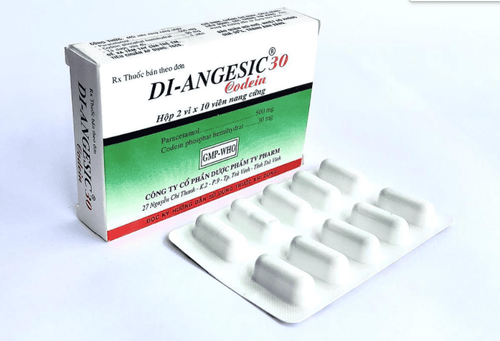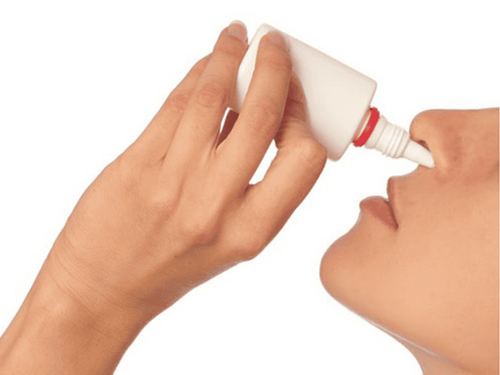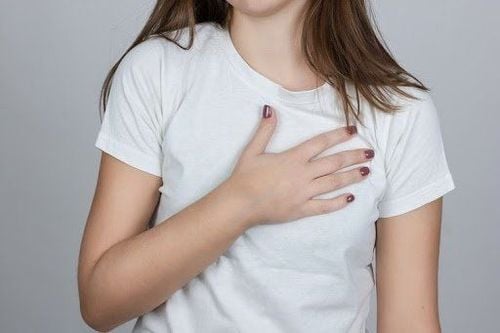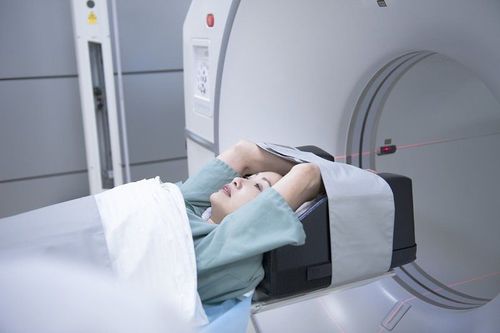This is an automatically translated article.
The article was professionally consulted with Master, Doctor Nguyen Huy Nhat - Respiratory Doctor - Department of Medical Examination & Internal Medicine - Vinmec Danang International General Hospital.1. What is ARDS Advanced Respiratory Distress Syndrome?
ARDS was first described medically in 1967 by Ashbaugh et al. ARDS is a pathological syndrome in which the pulmonary capillary alveolar membrane is acutely damaged, leading to severe respiratory failure, the body does not respond to high-dose oxygen breathing.At that time, the lungs of patients with acute respiratory failure with ARDS are divided into 3 distinct regions, including:
Healthy areas
Lungs here are still normal, with normal expansion and elasticity.
Mobilized area
The lungs of ARDS patients have an area of flattened alveoli, along with small bronchi. This area can function normally with PEEP stimulation.
Disease area
Depending on the condition and progression of the respiratory crisis, this lung area can be severe, red with calcification or gray with milder fibrosis. The alveolar capillary membrane is damaged in many layers, the epidermis is also destroyed, the interstitial layer is edematous with albumin and fibroin. Many blood vessels in the capillary endothelium are blocked by fibroin accumulation.
This damage causes edema of the alveolar wall, reduced elasticity, and at the same time, protein escapes from the interstitial organization, thickening the alveolar membrane and fibrosis. Impaired lung function cannot be fully recovered.
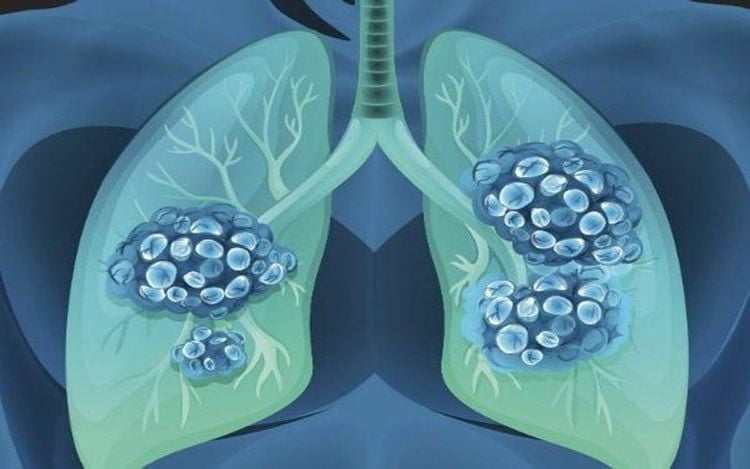
2. Symptoms of ARDS . respiratory failure
In stages, progressive respiratory failure causes a variety of clinical and subclinical symptoms.Clinical symptoms Acute clinical symptoms occur 4 to 48 hours after pulmonary or systemic causes. Diagnosis of acute respiratory failure progressed into 4 stages:
Stage 1
Lungs are now damaged but lungs are not groaning, chest X-ray is still bright. There is hyperventilation causing respiratory alkalosis.
Stage 2
The patient is only slightly short of breath, the chest is still well mobile, the symptoms last from 1-3 days.
Stage 3
The patient has difficulty breathing, breathing faster and faster, blue-violet and sweaty. Consciousness disturbance may occur. On examination of the lungs, the chest began to have poor mobility.
Stage 4
Increased PaCO2 and decreased PaO2 final metabolic acidosis, the patient fell into a coma and myocardial failure due to hypoxia.
Subclinical symptoms Paraclinical symptoms of ARDS:
PaCO2 is normal, maybe slightly decreased, increased when lung damage is large; Decreased plasma oncotic pressure; SaO2 and PaO2 are very low; The chest imaging shows: there is a combination of lesions or bronchitis, pneumonia, and pneumonia that causes ARDS. Two fuzzy lungs, white lung pattern, scattered butterfly shape; Chest X-ray showed diffuse infiltrates on both sides of the lung.
3. Progression and prognosis
If ARDS is not treated early and properly, the patient will die within hours or days. Fatal complications can be:Consciousness disturbance, cerebral hypoxia leading to coma Rapid pulse, low blood pressure leading to collapse Mortality rate is about 50-75%. Complications if cured can be pulmonary fibrosis, bronchial heart disease, chronic respiratory failure.

4. Causes of progressive acute respiratory failure
Diagnosis to find the cause of the disease can be caused by:Lung causes
Severe pneumonia is the most common cause of ARDS respiratory failure, it can be caused by viruses (influenza A H5N1, SARS, ...) or by viruses bacteria (strep, pneumococcal, hemophilus Influenzae,...)
In addition, it can be caused by:
Asphyxiation: damage to the Surfactant membrane; Injecting, snorting Heroin or using other drugs such as cocaine, amphetamines,... Gastroesophageal reflux in drunk or comatose patients, causing extensive lung damage with atelectasis; Severe thoracic trauma. Extrapulmonary causes
May be due to:
Severe infection or septic shock; Severe acute pancreatitis; Bulk blood transfusion.
5. How is the acute respiratory distress syndrome treated?
The general principle of this treatment is that artificial ventilation is needed to protect the lungs, while treating the cause. Includes:Ventilator; Sedation – muscle relaxation; Ensure hemodynamic and fluid balance. In addition to the above 3 main treatment methods, some other treatment measures can be combined such as:
Controlling blood glucose; Use antibiotic therapy against infections; Use prophylactic heparin to prevent embolism; Use the treatment regimen for pneumonia caused by influenza A if influenza A virus is present; Proton pump inhibitors are used to prevent peptic ulcers; Ensure enough hemoglobin; Alveolar mobilization. It can be seen that the acute respiratory distress syndrome is a complex reaction of the lungs, causing severe consequences for the lungs, progressing rapidly. However, modern medicine has found many new treatments, which increase the survival rate of patients.
Please dial HOTLINE for more information or register for an appointment HERE. Download MyVinmec app to make appointments faster and to manage your bookings easily.





